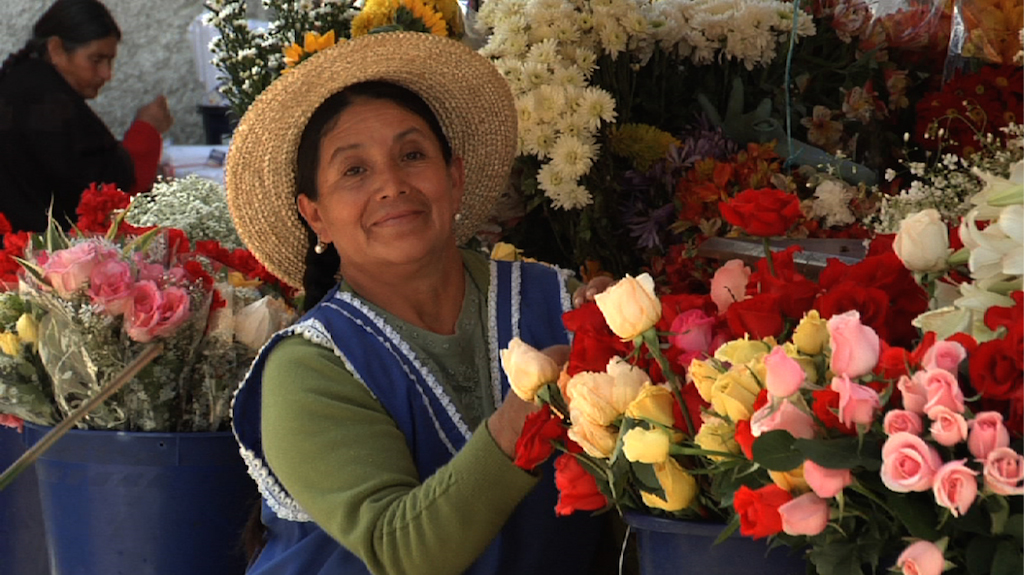According to a study conducted by the Inter-American Development Bank (IDB), advances in genetics, transportation systems, logistics, refrigeration and communications have led to the success of the floriculture business in countries such as Ecuador, Colombia and Kenia. These products are later distributed and market in faraway high-value markets such as the United States (U.S.), Canada and Russia.
80% of consumption is concentrated in Germany, the United States, the United Kingdom, France, the Netherlands and Switzerland
Floriculture is an attractive business in Latin America and the Caribbean due to the ideal geographic and climate conditions for its cultivation in the region.
According to the research, annual consumption estimates of cultivated flowers range from US$ 40 to 60 billion dollars. On the demand side, 80% of consumption is concentrated in six countries: Germany, United States, United Kingdom, France, Netherlands and Switzerland.



Follow Us